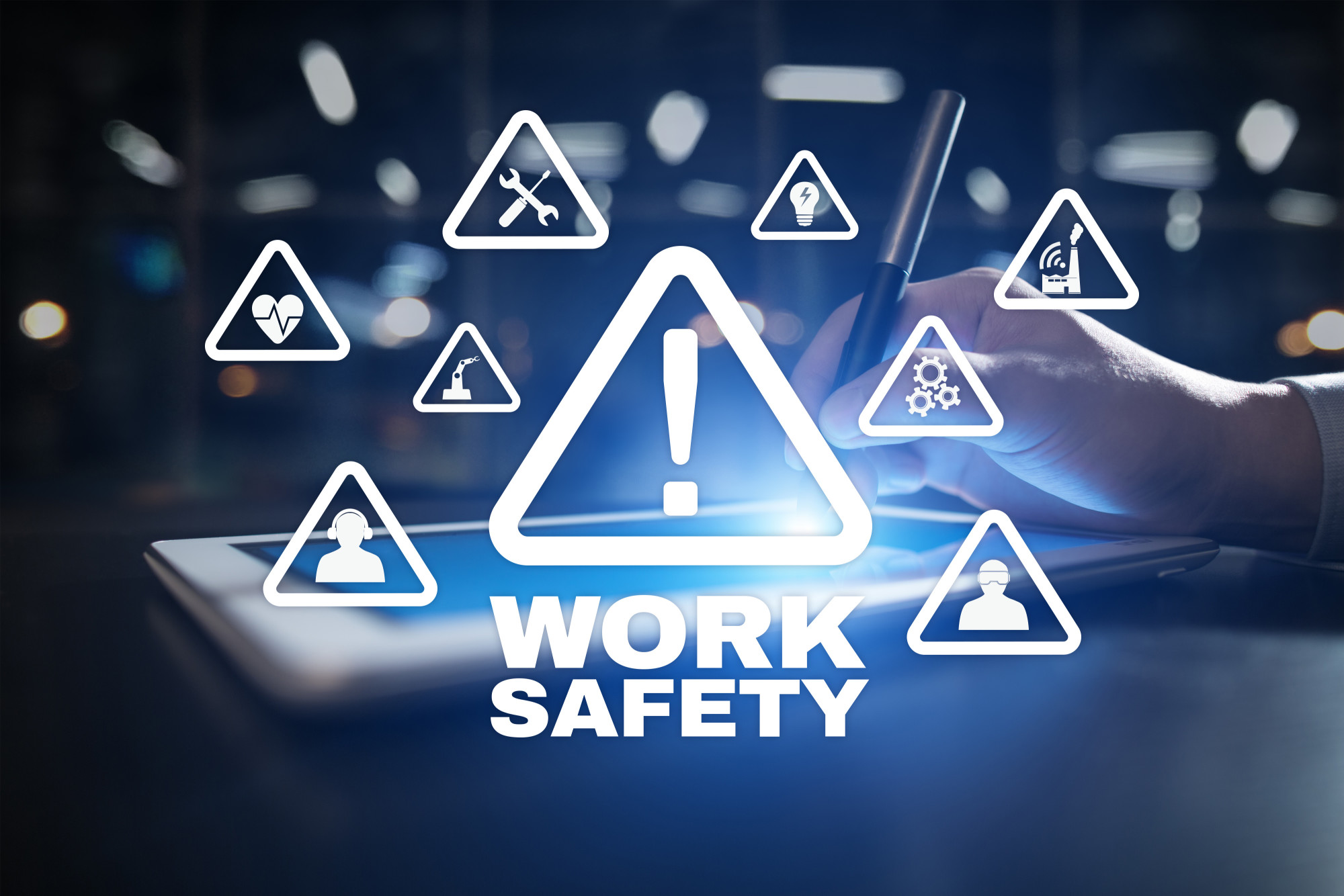Do you want to get a better understanding of office safety? If so, a great way to start is through safety training in the workplace.
Some companies often overlook the value of maintaining health and protection during work. But this could lead to problems with employee productivity and the work environment itself. So, how can you promote and improve it at the same time?
Experts recommend making safety training courses available to employees. To kick it off, here are the basics of implementing it in the workplace!
What is Safety Training?
Safety training refers to the process of learning how to remain safe and protected at work. It helps employees understand how different actions and jobs can affect their health and those around them.
In most cases, safety training for employees focuses on teaching them safer ways to perform their tasks. It also helps to get first aid and BBP certification courses to learn how to assist not only yourself but even your workmates.
Why It’s Important
Many professionals suggest companies set guidelines for health and safety training in the workplace to avoid tragic situations. For example, major accidents, injuries, or fatalities.
Some people fail to realize that safety is crucial wherever they go, even if their job doesn’t revolve around risky tasks. Keeping employees aware of the possible hazards and knowing what to do around them significantly lowers the chance of accidents.
Moreover, injuries or harm that occur in the workplace can affect the company in several ways. The main points include loss of productivity and incurring extra costs.
How It Benefits the Workplace
Actively teaching employees about different safety training topics can benefit the workplace in various ways, such as the following:
Protect Employees
First things first, safety training is the best way you can keep your employees safe. Most companies have too many employees for a single person to handle. That’s when maintaining safety in an office starts to get tricky.
Instead, you can teach your employees the basics of safety at work. This way, they know how to handle certain situations, with or without supervision.
Reduce Costs
Most companies who forget to prioritize safety training end up spending thousands on employee medical bills and insurance. If they lose an employee, they have to use resources to find a replacement. So if more employees are aware of safety, the company can save on extra business expenses.
Maintain Compliance
Companies need to ensure they comply with federal and state rules about their business. In some places, it includes implementing safety training. If a company fails to do so, it could affect its business and may result in additional consequences.
How to Implement Safety Training
Aside from helping employees recognize the importance of safety training, you might want to consider incorporating it. Here are a few tips on how to do so:
- Identify the hazards
- Provide regular training
- Reward employees
- Partner with clinics and healthcare
- Use proper labels and signs
- Give employees the right gear and tools
- Always remind about safety protocols
Promote Safety Training in the Workplace to Protect Employees
Implementing safety training in the workplace can affect the way your business operates. At the same time, it helps you protect your employees while ensuring the company stays productive.
Implementation can start from something as simple as courses to full training sessions. So, what do you think? Check out our blog to learn more!









